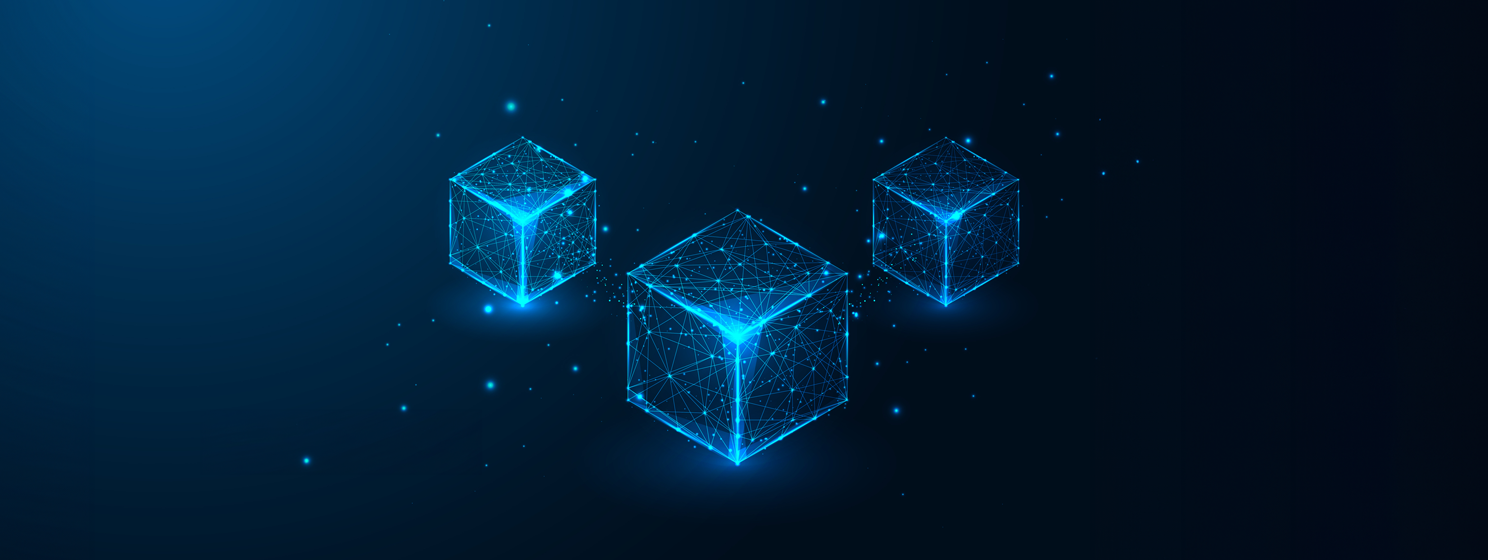|
Getting your Trinity Audio player ready...
|
A group of researchers from the United States Department of Energy (DOE) are turning to artificial intelligence (AI) to improve the efficiency of wind turbines.
Operating under the National Renewable Energy Laboratory (NREL), the researchers said that AI-based models can be used to optimize wind plants. They tested their hypothesis with an AI-based surrogate model dubbed the Wind Plant Graph Neural Network (WPGNN).
Trained on 250,000 spontaneous wind plant layouts, the surrogate model recorded a measure of success in designing efficient turbines. It took into account the distinct turbine operations and atmospheric conditions prevalent in the U.S. to maximize output while reducing costs.
In their published paper, the researchers said the model narrowed its focus on wake steering by probing for techniques to control the wake generated by an upstream turbine away from downstream turbines. When building turbines, designers have to consider the “wake effect,” infamous for reducing wind speeds.
The research paper highlighted several benefits stemming from using AI for wake steering. For starters, the model achieves optimal land use by precisely pinpointing the placement of turbines, with the paper predicting land savings by up to 60% for future plants.
Other perks associated with the AI-based wake steering include improved revenue for wind plants and lower operation costs as the U.S. moves toward decarbonizing its energy sources.
“Previously, site-specific wake steering optimization studies were very difficult, but the graph representation in the WPGNN dramatically improved our ability to represent flexible layouts, changing wind directions, and perform gradient-based optimization,” said one researcher.
Armed with new capabilities, the researchers opine that they will be able to forecast the impact of wake steering across different regions in the U.S., unlike the traditional site-specific wake steering system.
“We found that different areas of the country are more or less amenable to the benefits of wake steering and the outcomes of those benefits can be realized in different ways,” read the paper. “This can be important for helping to understand how and where we should be investing in this new technology.”
Broadening horizons for AI
Renewable energy firms have been leaning on blockchain technology to improve the efficiency of their processes, but with AI’s resurgence, several firms are integrating the technology into their internal systems.
A bird’s eye view reveals that researchers are tapping on AI to solve nagging problems associated with nuclear energy, particularly for predicting instabilities standing in the way of fusion energy.
“The experiments provide a foundation for using AI to solve a broad range of plasma instabilities, which have long hindered fusion energy,” read a research paper.
In order for artificial intelligence (AI) to work right within the law and thrive in the face of growing challenges, it needs to integrate an enterprise blockchain system that ensures data input quality and ownership—allowing it to keep data safe while also guaranteeing the immutability of data. Check out CoinGeek’s coverage on this emerging tech to learn more why Enterprise blockchain will be the backbone of AI.
Watch The Web3 trifecta: AI, metaverse & blockchain

 01-21-2026
01-21-2026 




